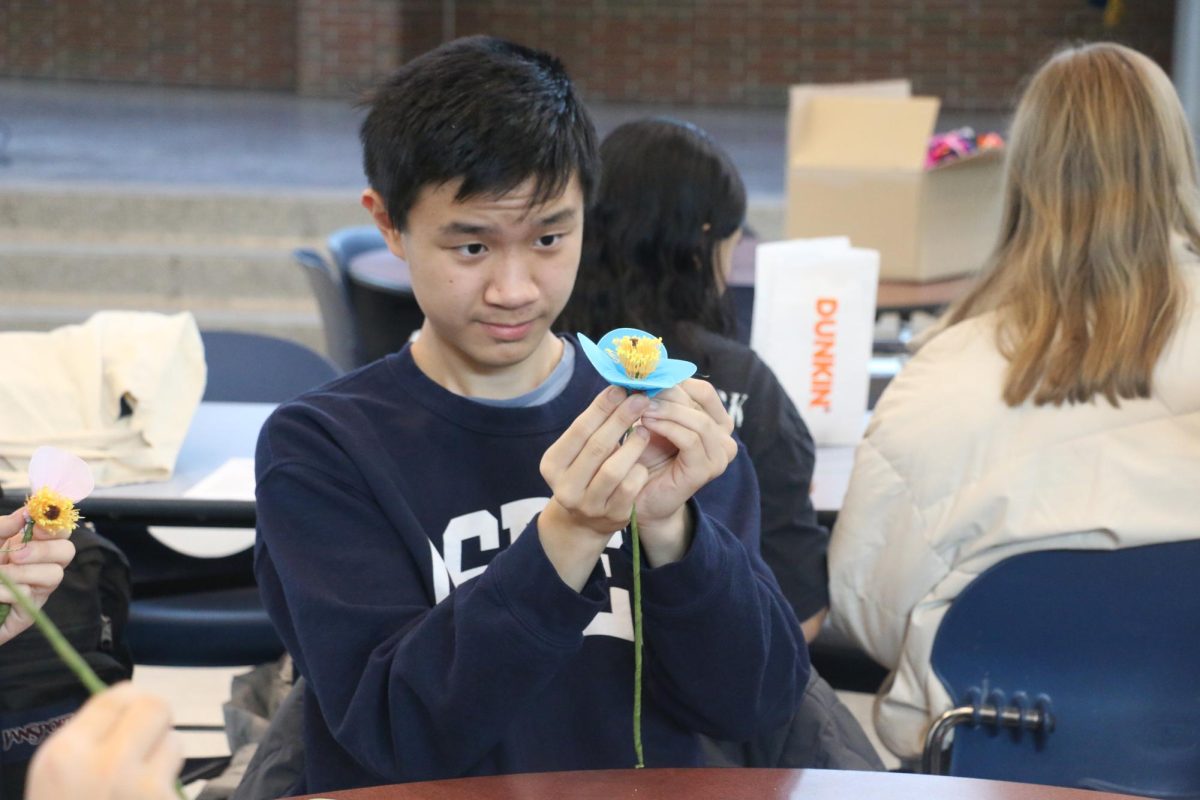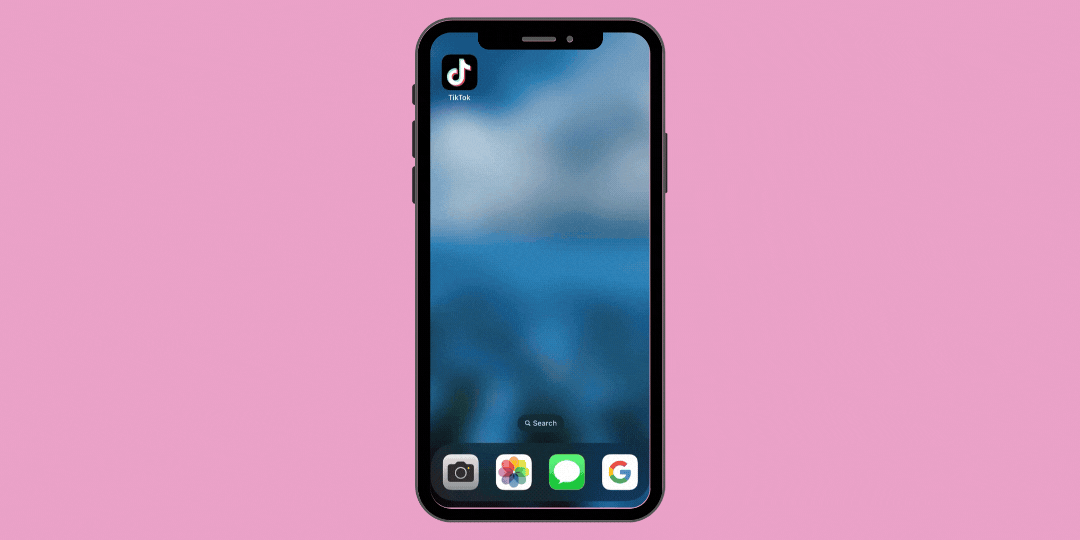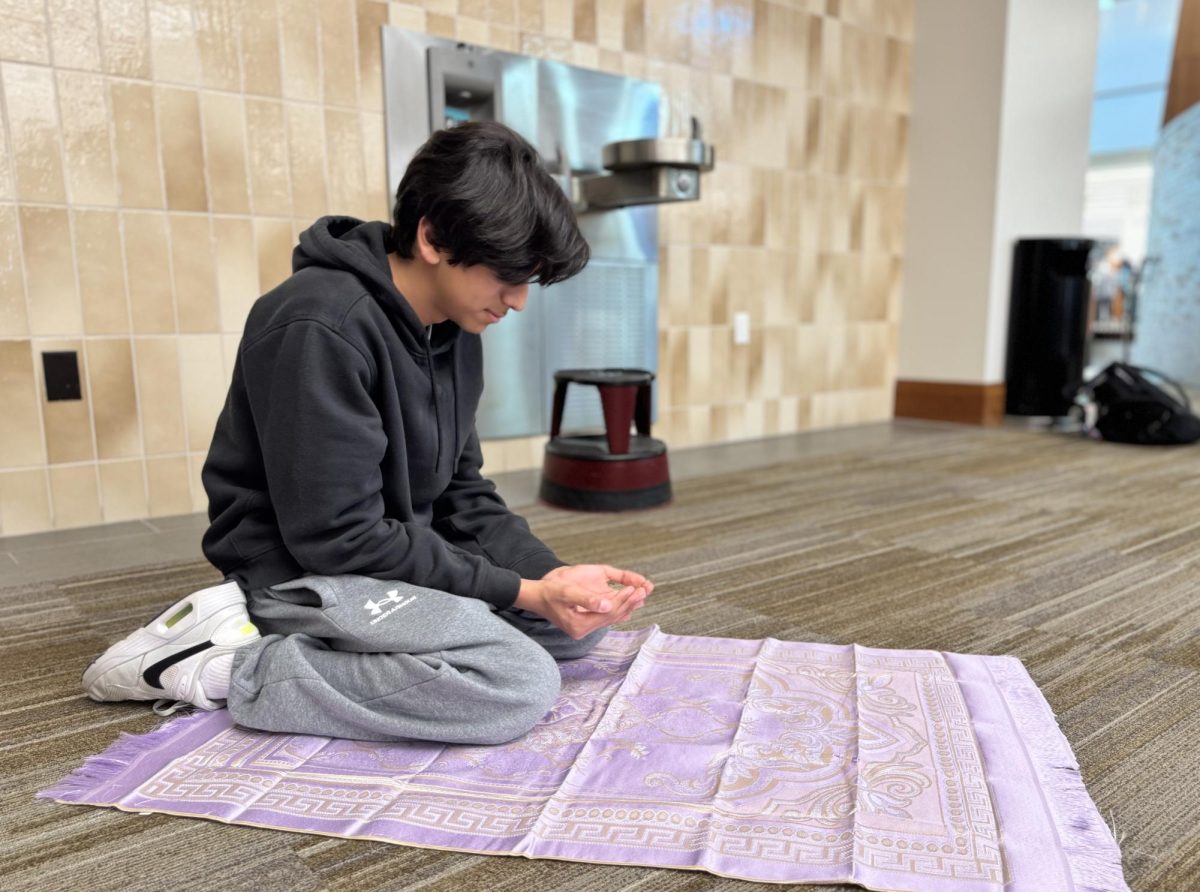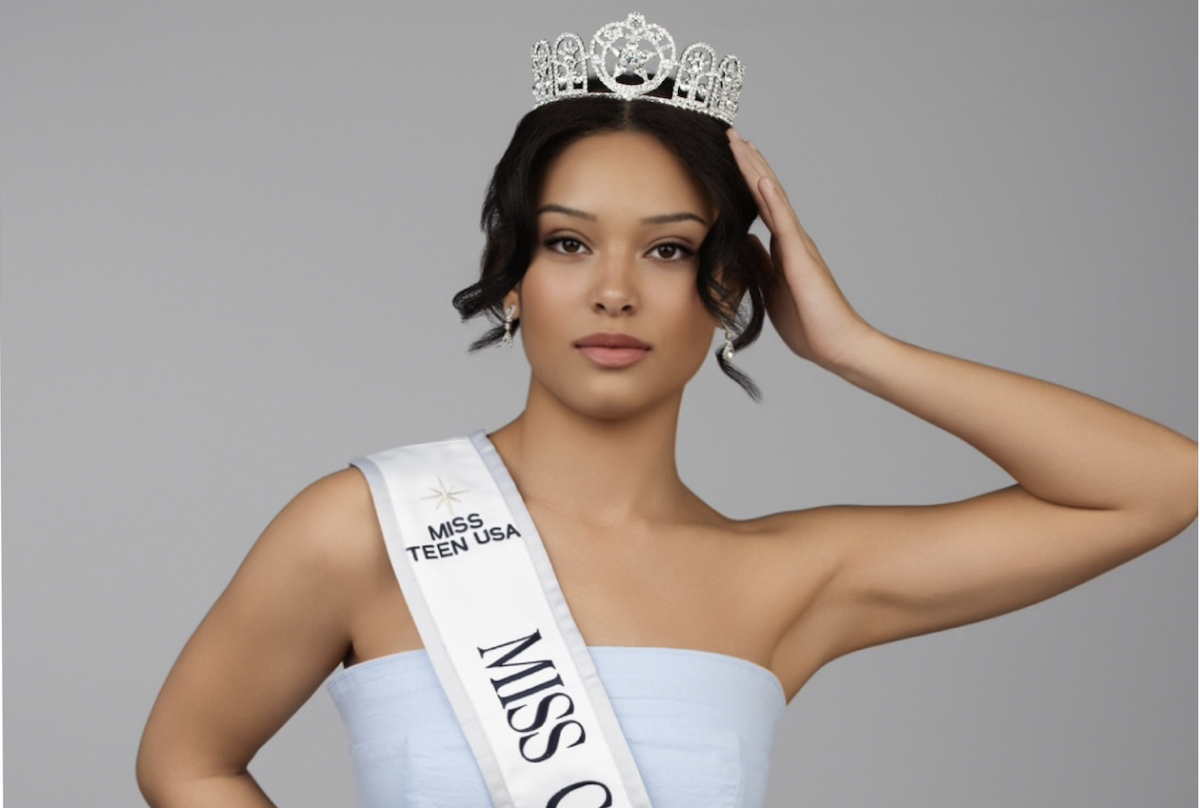“Gilmore Girls” is arguably, the quintessential classic autumn television series, and you can’t help but be enchanted by the quirky characters of the small town of Stars Hollow, Connecticut, the antics of Chilton High School students, and the ever-present struggle between the three Gilmore girls–Emily, Lorelai, and Rory (also Lorelai).
In many ways, the show is the perfect coming-of-age sitcom. The audience follows the (sometimes) lovable protagonist, Rory as she moves through life from sophomore year of high school to college graduation. Her adventures often involve a partnership with her young mother, Lorelai Gilmore as the two navigate the world, and their relationships with Rory’s grandparents, Emily and Richard, together. Still, it is safe to say that the show has not aged gracefully.
Criticism may come from the fact that the Gilmore girls, Lorelai and Rory, eat unhealthy food constantly and never gain weight, the lack of racial or LGBTQ+ representation, and especially the running joke between Emily Gilmore and her ever-changing maids.
This last point always bothered me the most. Emily Gilmore, being a high class New England homemaker, always demanded the best out of her help, causing her to fire her fair share of maids. In almost every episode of “Gilmore Girls,” Emily is shown ordering around a new maid–always of a different new ethnicity and sometimes, a new accent.
Even with the questionable gimmick, I continued watching the show out of my love for these characters, however imperfect.
My breaking point came in season seven, episode two, “That’s What You Get, Folks, For Makin’ Me Whoopee.” The Netflix episode summary is simply “Rory is upset when she has to cancel a long-planned trip to Asia, so Lorelai turns her house into an Asian-themed wonderland.”
In just about five minutes, the episode features Lorelai and Rory in Japanese kimonos, Rory referenced as “honorable Rory-San,” opium perfume, fortune cookies, desert sushi, and most horrifically to myself—a giant portrait of Chinese Communist dictator, Mao Zedong, new to a giant portrait of beloved Korean-Canadian actress, Sandra Oh.
And yes, the show does poke fun at Lorelai’s ignorance as Rory corrects here about Tai Chi being from China, not Japan, and the characters do recognize the blatant racism of Mickey Rooney’s role in “Breakfast at Tiffany’s,” but I cannot understand how show writers can have two characters understand the problematic nature of one film without realizing the problematic nature of their own actions.
You can say that it was all a big joke, and perhaps this episode was only the end of my binge watching because it hit just a bit too close to home, but I could not bring myself to finish the show after this episode, no matter how long I had spent with the Gilmore girls.
My point in all this is, you can enjoy a piece of art or film or literature without ignoring the problematic elements or only romanticizing the parts that make you love it. For example, I still rewatch the first few seasons of “Gilmore Girls” every so often and laugh along with the crazy antics the girls get themselves into, but, I am definitely not going to brush off the problematic elements with the “it’s just an outdated joke” excuse. Holding creators accountable for their poor choices is not just part of the power that viewers can wield, it’s also part of our responsibility as the audience consuming the entertainment.
On this blog, members of the Carmel High School chapter of the Quill and Scroll International Honorary Society for High School Journalists (and the occasional guest writer) produce curations of all facets of popular culture, from TV shows to music to novels to technology. We hope our readers always leave with something new to muse over. Click here to read more from MUSE.































![AI in films like "The Brutalist" is convenient, but shouldn’t take priority [opinion]](https://hilite.org/wp-content/uploads/2025/02/catherine-cover-1200x471.jpg)













































![Review: “The Immortal Soul Salvage Yard:” A criminally underrated poetry collection [MUSE]](https://hilite.org/wp-content/uploads/2025/03/71cju6TvqmL._AC_UF10001000_QL80_.jpg)
![Review: "Dog Man" is Unapologetically Chaotic [MUSE]](https://hilite.org/wp-content/uploads/2025/03/dogman-1200x700.jpg)
![Review: "Ne Zha 2": The WeChat family reunion I didn’t know I needed [MUSE]](https://hilite.org/wp-content/uploads/2025/03/unnamed-4.png)
![Review in Print: Maripaz Villar brings a delightfully unique style to the world of WEBTOON [MUSE]](https://hilite.org/wp-content/uploads/2023/12/maripazcover-1200x960.jpg)
![Review: “The Sword of Kaigen” is a masterpiece [MUSE]](https://hilite.org/wp-content/uploads/2023/11/Screenshot-2023-11-26-201051.png)
![Review: Gateron Oil Kings, great linear switches, okay price [MUSE]](https://hilite.org/wp-content/uploads/2023/11/Screenshot-2023-11-26-200553.png)
![Review: “A Haunting in Venice” is a significant improvement from other Agatha Christie adaptations [MUSE]](https://hilite.org/wp-content/uploads/2023/11/e7ee2938a6d422669771bce6d8088521.jpg)
![Review: A Thanksgiving story from elementary school, still just as interesting [MUSE]](https://hilite.org/wp-content/uploads/2023/11/Screenshot-2023-11-26-195514-987x1200.png)
![Review: "When I Fly Towards You", cute, uplifting youth drama [MUSE]](https://hilite.org/wp-content/uploads/2023/09/When-I-Fly-Towards-You-Chinese-drama.png)
![Postcards from Muse: Hawaii Travel Diary [MUSE]](https://hilite.org/wp-content/uploads/2023/09/My-project-1-1200x1200.jpg)
![Review: "Ladybug & Cat Noir: The Movie," departure from original show [MUSE]](https://hilite.org/wp-content/uploads/2023/09/Ladybug__Cat_Noir_-_The_Movie_poster.jpg)
![Review in Print: "Hidden Love" is the cute, uplifting drama everyone needs [MUSE]](https://hilite.org/wp-content/uploads/2023/09/hiddenlovecover-e1693597208225-1030x1200.png)
![Review in Print: "Heartstopper" is the heartwarming queer romance we all need [MUSE]](https://hilite.org/wp-content/uploads/2023/08/museheartstoppercover-1200x654.png)


![Review: I never finished "Gilmore Girls" and I don't think I want to [MUSE]](https://hilite.org/wp-content/uploads/2022/11/whoopie.png)
Isaac Hsu • May 11, 2023 at 11:57 am
Real!